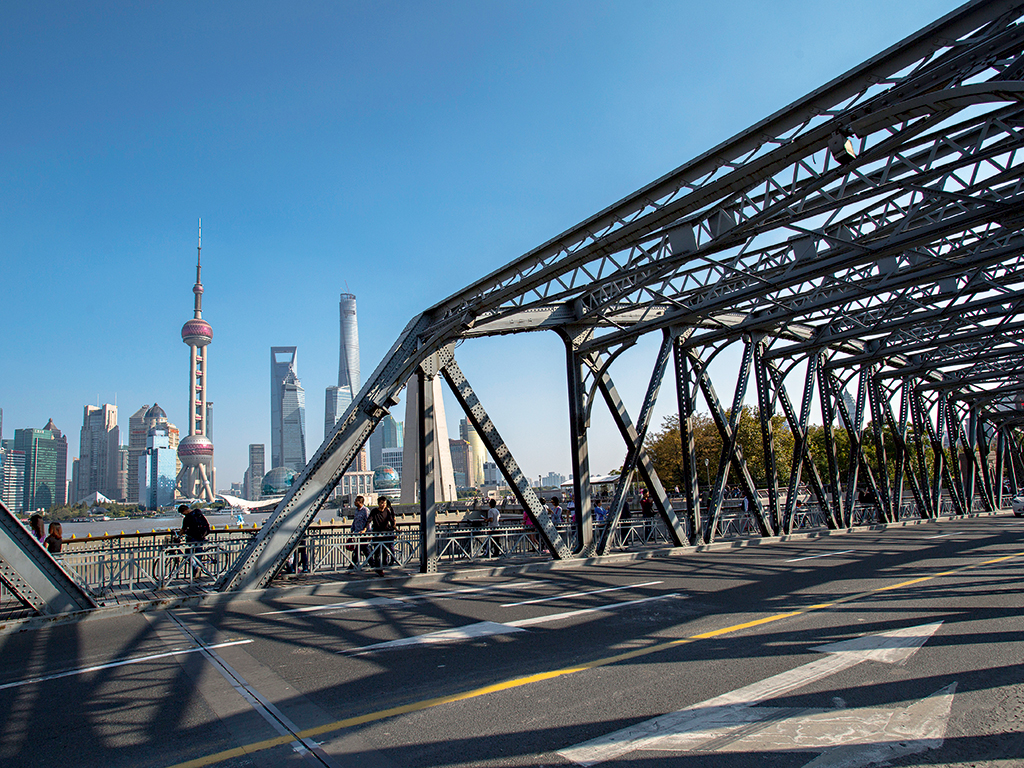China is generating a lot of confusion nowadays, both at home, where senior officials now tout the economy’s ‘new normal’, and abroad, exemplified by the US’ embrace of Cold War-style tactics to contain China’s rise. On both counts, the disconnects are striking, adding a new dimension of risk to the impact of the ‘China factor’ on a fragile world.
The official view in China is that its economy has already arrived in the promised land of the ‘new normal’. Indeed, that was the theme of the just-concluded China Development Forum (CDF) – an important platform for debate among China’s senior officials and a broad cross-section of international participants that occurs immediately after the annual National People’s Congress.
Since the CDF’s inception in 2000, the Chinese Government has used the event to signal its policy priorities. In 2002, for example, the CDF focused on the impact of China’s accession to the World Trade Organisation – a precursor to a spectacular surge of export-led growth. In 2009, the emphasis was on China’s aggressive post-crisis stimulus strategy. And last year’s event addressed implementation of the so-called Third Plenum reforms.
It is no surprise that the US is bristling over China’s ascendance – dominant powers have always struggled to cope with rising ones
This suggests that China’s ‘new normal’ will be the government’s top priority this year. But there remains considerable ambiguity as to what exactly the new normal entails – or whether it has even been achieved.
Keeping up appearances
In his keynote speech at the CDF, Zhang Gaoli, one of the seven members of the Politburo Standing Committee (the Chinese Communist Party’s highest decision-making body), declared that the senior leadership has rendered the “strategic judgment that China’s economy has entered the stage of the new normal.” Yet, at the CDF’s wrap-up session, Premier Li Keqiang suggested, a bit less decisively, that China is basically following the world economy in its transition to a new normal. In short, China’s government is confusing a path with the final destination – a point that I stressed in my remarks to the CDF, in which I argued that China is in the early stages of rebalancing its economy toward services and consumption. In fact, China is far from settling in to a new normal.
The best way to measure how far China still has to go is to consider the development of its services sector – the infrastructure of consumer demand in an economy. The good news is that services are now growing faster than any other sector, having reached 48 percent of GDP in 2014 (thus surpassing the end-2015 target of 47 percent well ahead of schedule). The tough news is that this remains significantly lower than the 60-65 percent share typical of a more ‘normal’ economy.
Given this, it is worrying that China’s leaders believe that the new normal is already at hand. The notion that this critical transition has occurred risks generating complacency at a time when China should be focused on the wrenching, but essential, process of structural adjustment – one that will take at least another decade to complete.
Continuing the shift to a services-led growth model is important for a number of reasons. With services in China employing 30 percent more workers per unit of output than manufacturing and construction, the sector’s expansion will help to preserve social stability, even as economic growth slows to seven percent. Observers in the West, focused largely on the slowdown of headline GDP growth, continue to miss this key point. Moreover, because the services sector also requires fewer commodities and less energy, this transition will help China address its serious environmental problems.
The US’ roadblocks
In the meantime, China faces another, equally daunting challenge: the US’ growing determination to contain its growing influence. At this year’s CDF, tensions between the hegemon and the rising power were widely discussed, both in the formal sessions and on the sidelines. Three developments were especially noteworthy: US resistance to China’s efforts to establish the Asian Infrastructure Investment Bank – a stance now rejected by most of the US’ closest allies; President Barack Obama’s signature trade initiative, the Trans-Pacific Partnership, which excludes China; and yet another effort by the US Senate to enact legislation on currency manipulation that takes dead aim at China. Combined with ongoing disputes over cyber security and territorial claims in the East and South China Seas – not to mention questions about the US’ geostrategic ‘pivot’ towards Asia – these issues have chilled the Sino-American relationship.
It fell to Henry Kissinger, who was present at the dawn of the modern US-China relationship, to put it all into context. At the CDF, he stressed how different the situation is now, compared to 1972, when he and then-President Richard Nixon first met with Mao Zedong and Zhou Enlai. Unlike the immediate military threats back then, today’s challenges – such as climate change, cyber security, and global health – can be addressed only through collaborative strategic engagement.
The imperative to cooperate is an inevitable outgrowth of globalisation. As Kissinger emphasised, the Middle Kingdom of China’s dynastic era knew nothing of the Roman Empire, and vice versa. In today’s world, however, no great power can afford to operate in a vacuum. They receive instantaneous feedback from one another – especially on shared challenges – whether they like it or not.
In a sense, it is no surprise that the US is bristling over China’s ascendance. After all, dominant powers have always struggled to cope with rising ones. Nonetheless, China, burdened by 150 years of perceived humiliation by the West, does not take kindly to that reaction. As China confronts the challenges of its economy’s shift to a new normal, it will need to find common ground with the US – and the US will need to work to deepen its understanding of China’s transition. Both countries will have to show leadership, vision, and openness to collaborative engagement. Sadly, there was little sign of that at this year’s CDF.





